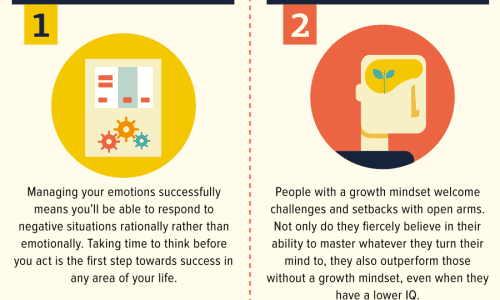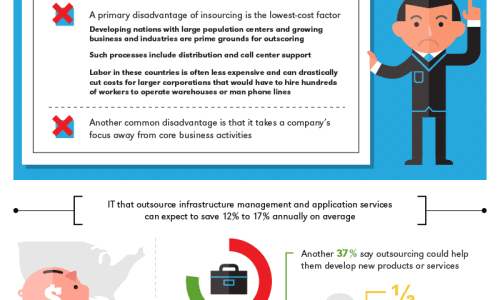
We all love stories of successful start-ups, businesses that have made it, despite the setbacks and difficulties that all new businesses face. In the 21st century, there have been several such successful businesses commonly known as Unicorns. They have not just made a fortune but many of them have been real market disrupters, changing the world of business along the way.
But the truth of the matter is that there are a lot more failing start-ups than there are successes. In 2019 the failure rate of start-ups was 90%. Although entrepreneurs that found success previously have a 30% chance of succeeding again, the success rate of the rest is dismal.
This infographic gives a rundown of the main reasons for start-up failure. It is based on the CB Insights analysis which set about analyzing the failure of 156 start-ups. The objective was to evaluate the 20 main causes of failure. Failure is typically caused by multiple reasons rather than one, which is why the sum of the percentages is not 100.
The single biggest cause of failure is “no market need” at an astonishing 42%. One would assume that the entrepreneur who put his money up to start the business would have started with a need analysis.
Less surprisingly, 29% of the businesses ran out of cash. Problems with the start-up team also resulted in 23% of the business failures. Any start-up needs a team with the right set of competencies and the ability to work together under sometimes, stressful circumstances.





